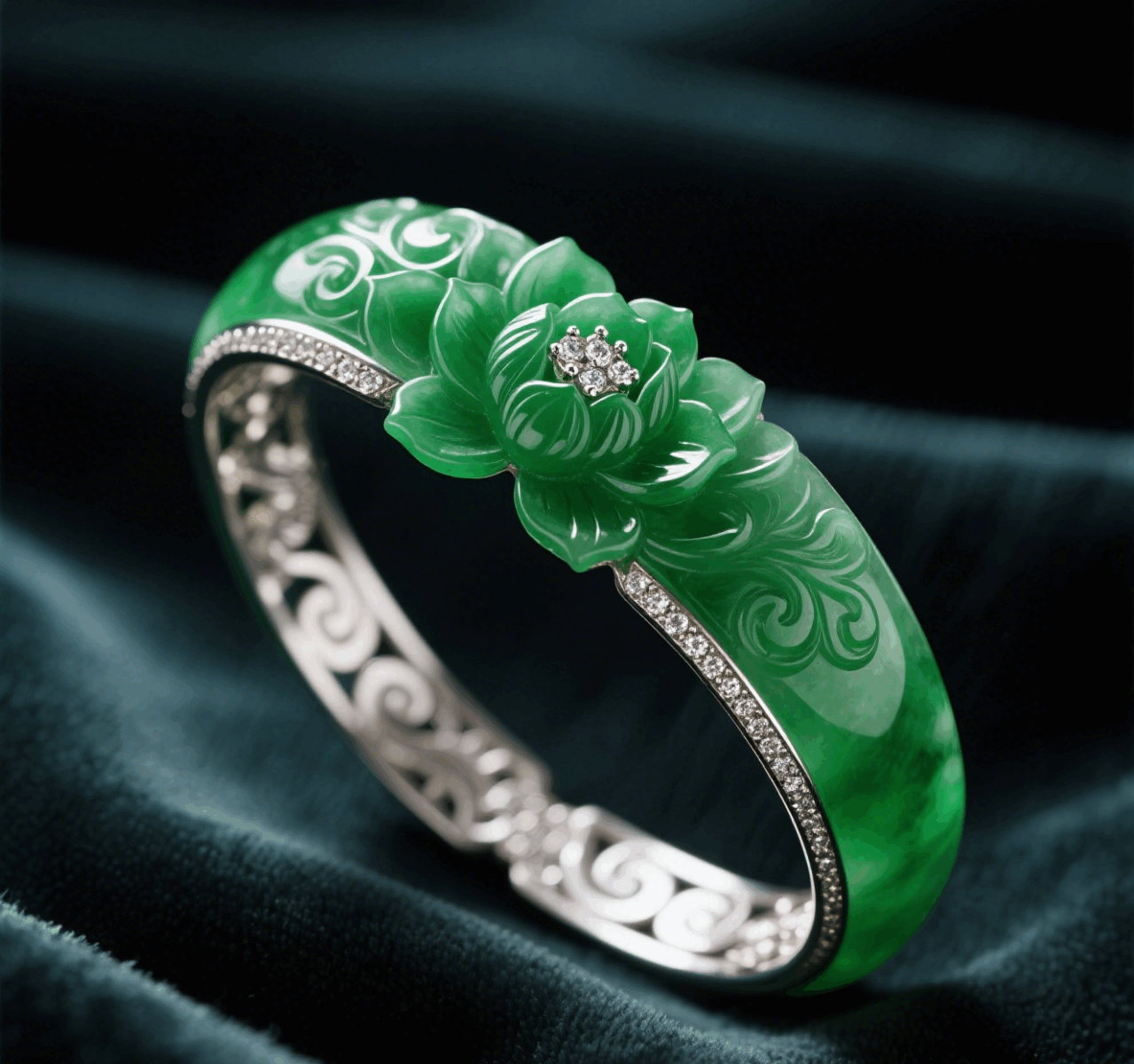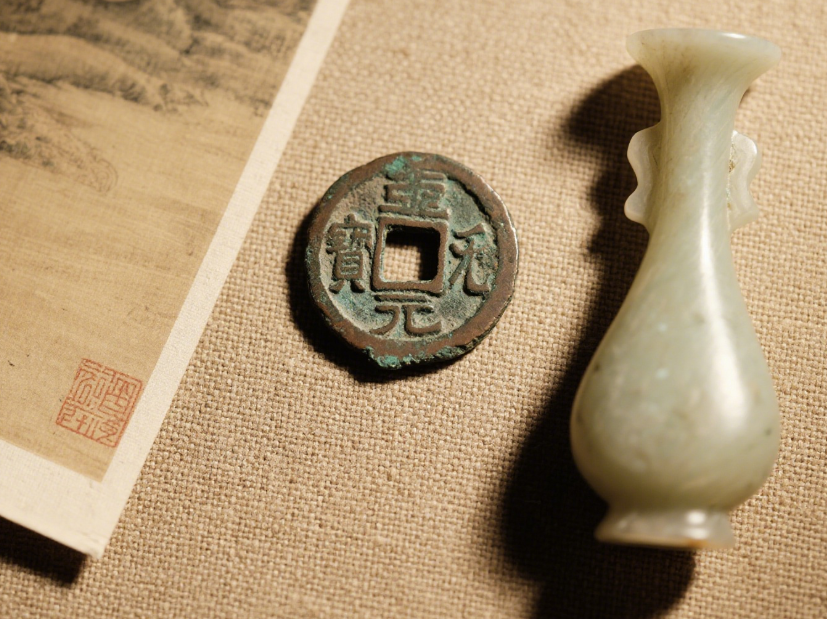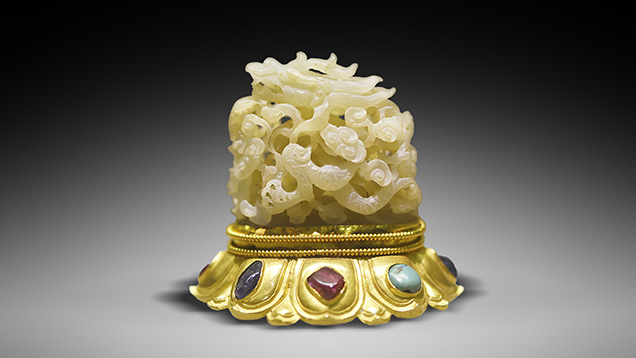While tidying up the jewelry box late at night, a silver bracelet suddenly slipped out…
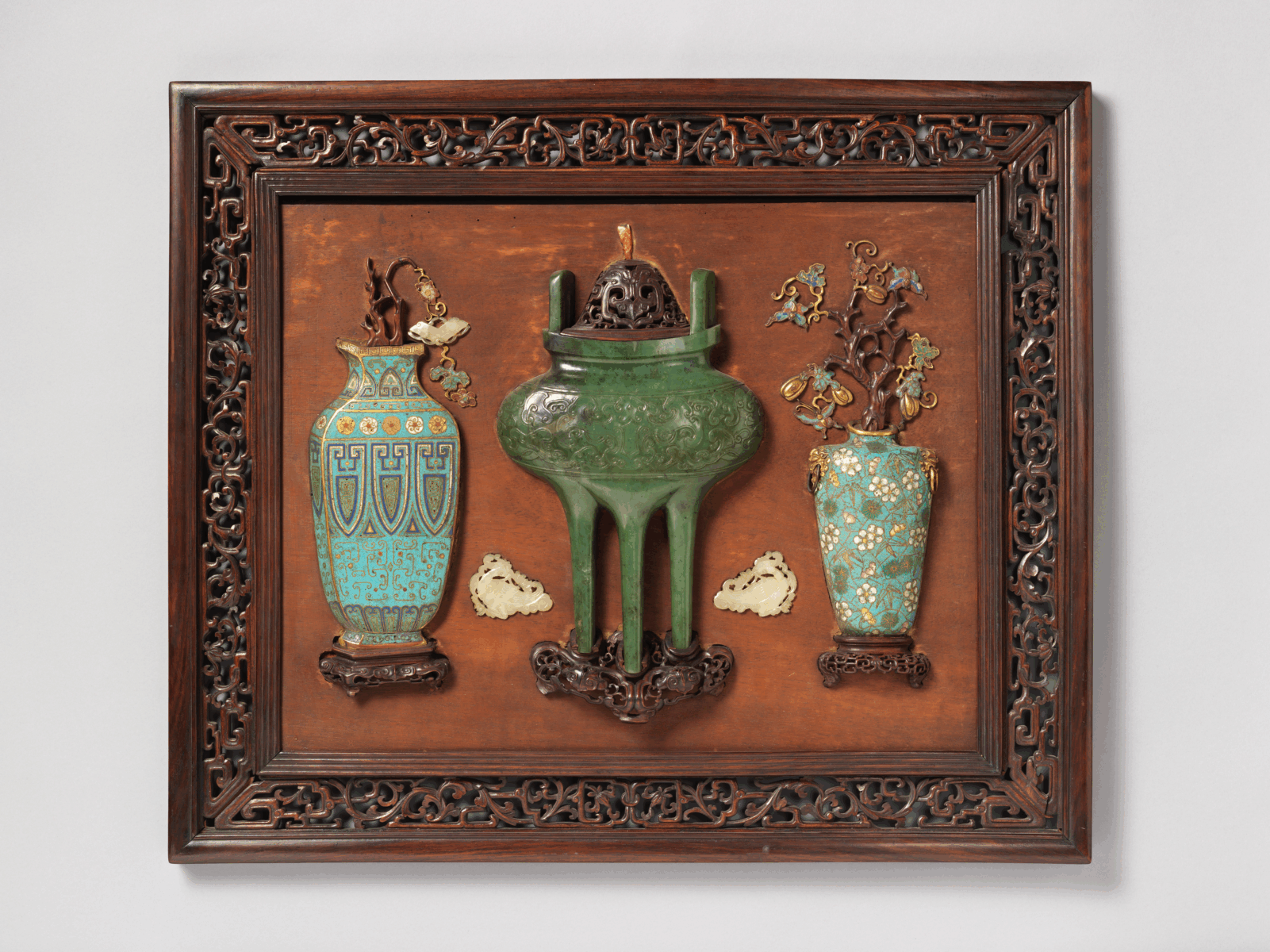
The Fascinating World of Antique Trading and Collecting
In the fast-paced rhythm of modern life, more and more people are turning their attention to “old objects” that carry the weight of history—antiques. These might be a blue-and-white porcelain bowl from the late Qing Dynasty, a Song Dynasty Buddha statue, a postage stamp from the Republican era, or even a yellowed letter. These items, seemingly out of step with the present, are in fact some of the warmest witnesses of the passage of time.
Antiques are not just commodities—they are fragments of culture polished by time. It is this unique quality that has transformed antique trading and collecting from a niche hobby into a broader cultural phenomenon, becoming a bridge between history and the present.
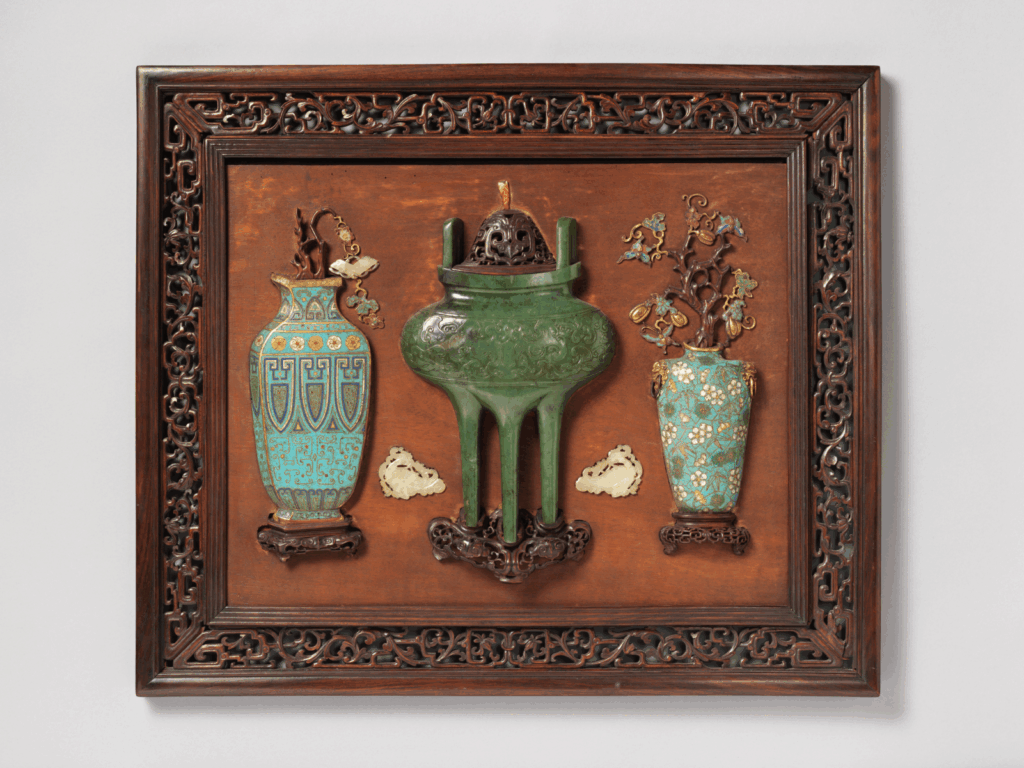
I. The Allure of Antiques: Not Just “Old,” But “Full of Stories”
For many, the first impression of antiques is that they are “expensive” and “old.” But what truly captivates collectors is not their rarity or price, but the stories and cultural significance behind them.
Imagine a collector holding a Yixing teapot from the Ming Dynasty—a vessel once handled by scholars and poets centuries ago. Or a copper coin from the reign of Emperor Kangxi that once circulated among commoners, witnessing regime changes and the pulse of daily life. The charm of antiques lies in their enduring vitality that transcends time.
As the saying goes, “Collecting antiques is collecting time.” Each antique is a tangible carrier of history. When you touch it, you are not only feeling its material and craftsmanship, but also connecting with a bygone era and its culture.
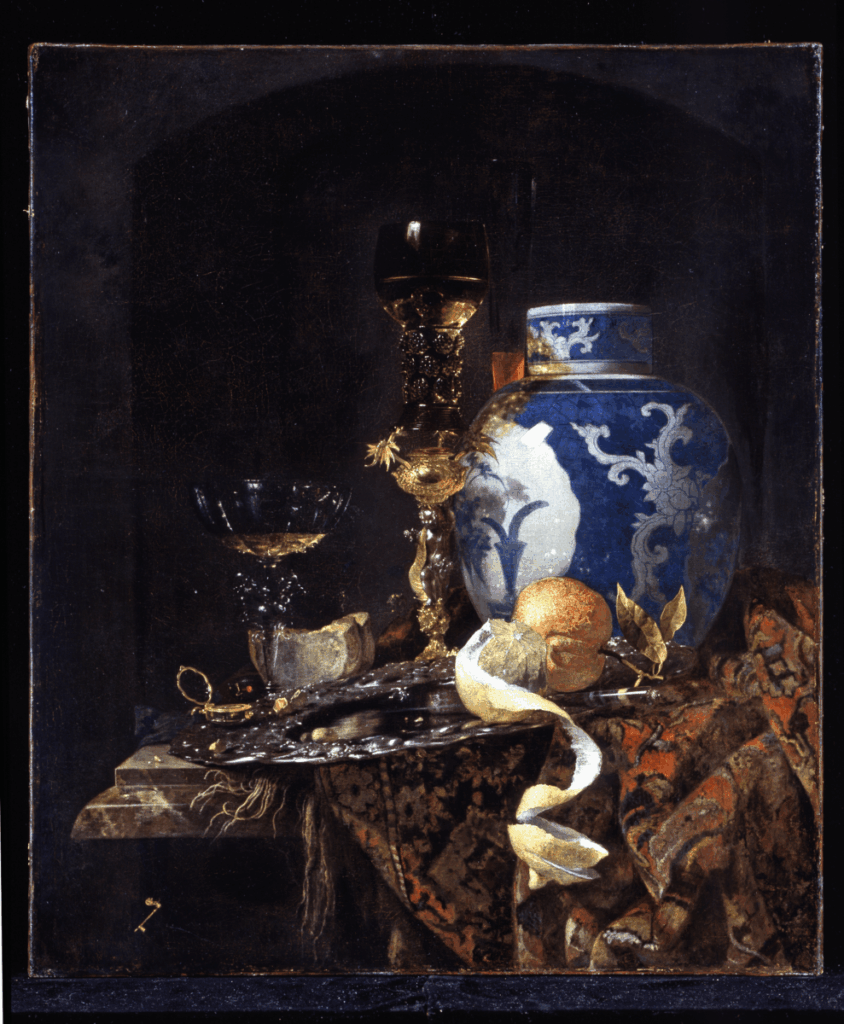
II. Market Dynamics: From Street Corners to Multi-Million-Dollar Auctions
Antique trading has existed since ancient times, but it was only in the modern era that it developed into a structured market. In the past, trading often took place in antique shops, flea markets, or between private collectors. Today, thanks to a growing collector base and the rise of the internet, the antique trade has broken through geographic and social barriers, forming a complete ecosystem that ranges from roadside stalls to international auction houses.
In China, antique markets in cities like Beijing, Shanghai, and Hangzhou remain bustling. Auction houses such as China Guardian, Beijing Poly, Sotheby’s, and Christie’s frequently set new records for Chinese antiques. In 2021, for example, a Qianlong-era cloisonné enamel “yangcai” vase sold in Hong Kong for over 200 million HKD, stunning the industry.
The internet has further revolutionized the market. Online appraisal shows, live-streamed auctions, and community trading platforms have brought in a wave of younger collectors. The cultural confidence and retro aesthetic embraced by Gen Z are now powerful drivers of market transformation.
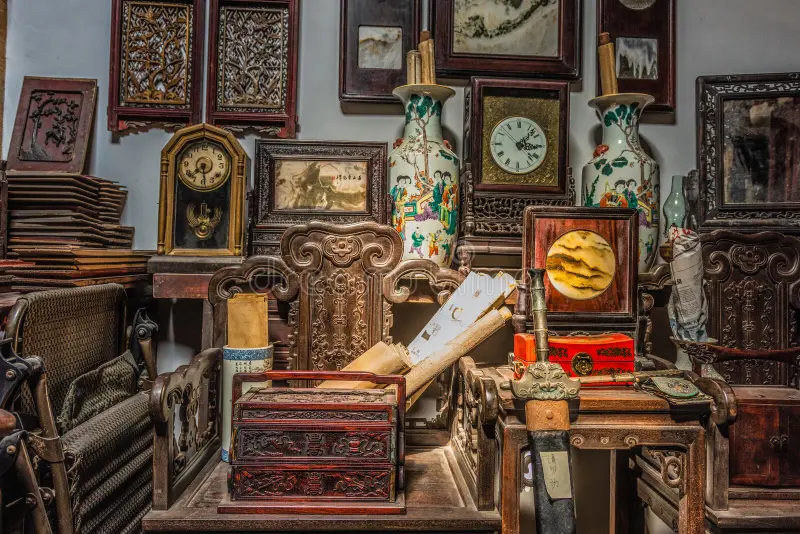
III. Between Authenticity and Deception: A Battle of Skill and Insight
The world of antique trading is not all romance and riches. Behind the allure of high profits lies the ever-present risk of forgery. The market is flooded with both genuine treasures and clever fakes—one misjudgment and a collector may “fall for it” (a term used for mistaking a fake for an authentic piece).
As a result, identifying authenticity has become a critical skill for collectors. This demands deep knowledge of craftsmanship, historical periods, and stylistic features, as well as hands-on experience and market awareness. For instance, determining the age of a porcelain piece may involve examining glaze color, clay texture, and surface patina. Recognizing authenticity in calligraphy or paintings might require studying the artist’s signature and seal.
While AI-assisted authentication is emerging—using image recognition and data analysis—human expertise and experience remain the most reliable tools to date.
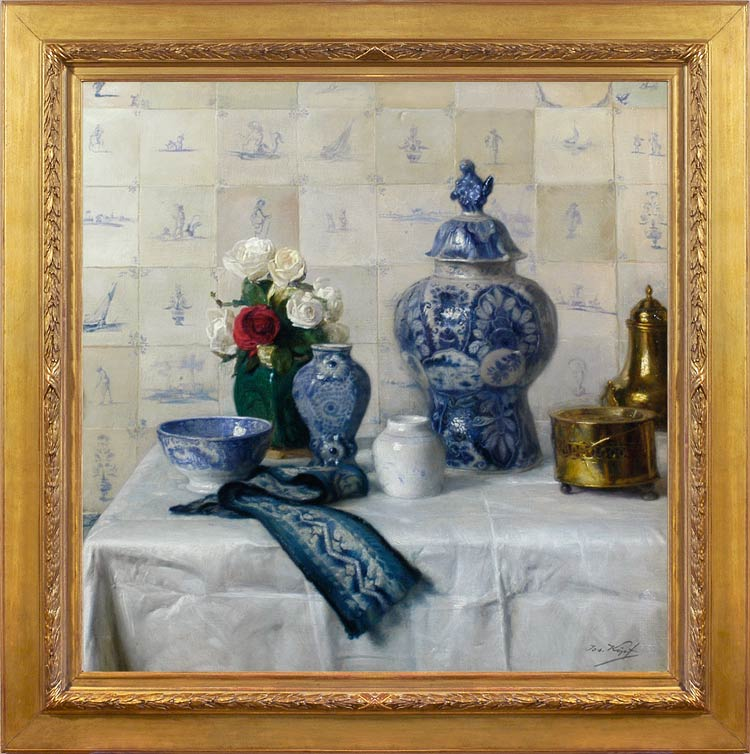
IV. The True Meaning of Collecting: A Return to Culture and Inner Belonging
The ultimate goal of antique collecting has never been purely financial return. True lovers of antiques seek cultural depth and spiritual nourishment.
One seasoned collector once said, “When I sit in my study and gaze at those old objects in the cabinet, it’s like conversing with friends from across time.” This is not a fanciful notion, but a genuine resonance of culture and spirit.
Collecting antiques is also a journey in aesthetic cultivation. From not understanding, to recognizing, to appreciating subtlety—it’s an emotional and intellectual evolution. It requires continuous learning, in-depth research, and above all, humility and reverence.
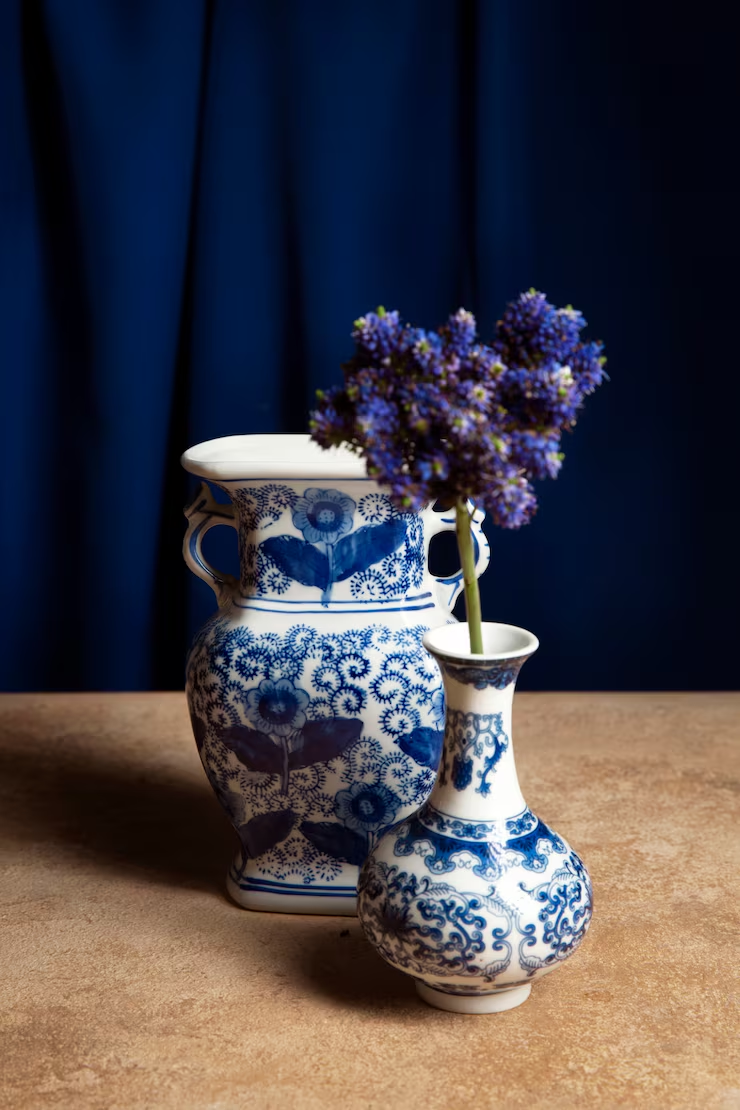
Conclusion: Collecting Is Not Just About Possession, But Inheritance
The value of antiques does not lie in their price tags, but in the historical memory and cultural spirit they embody. In a world dominated by fast consumption and constant renewal, antique collecting offers a slower, deeper, more contemplative lifestyle. It helps us find meaning in the noise, rediscover tradition in the modern, and uncover spiritual richness beyond material wealth.
As Laozi said, “Hold fast to the ancient Way to master the present.” Collecting antiques is not only a tribute to the past, but an inspiration for the future. In the long river of time, we are all mere travelers, while these ancient objects will continue to tell their stories, waiting for those who are willing to listen and cherish them.

